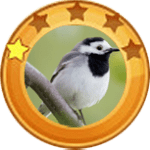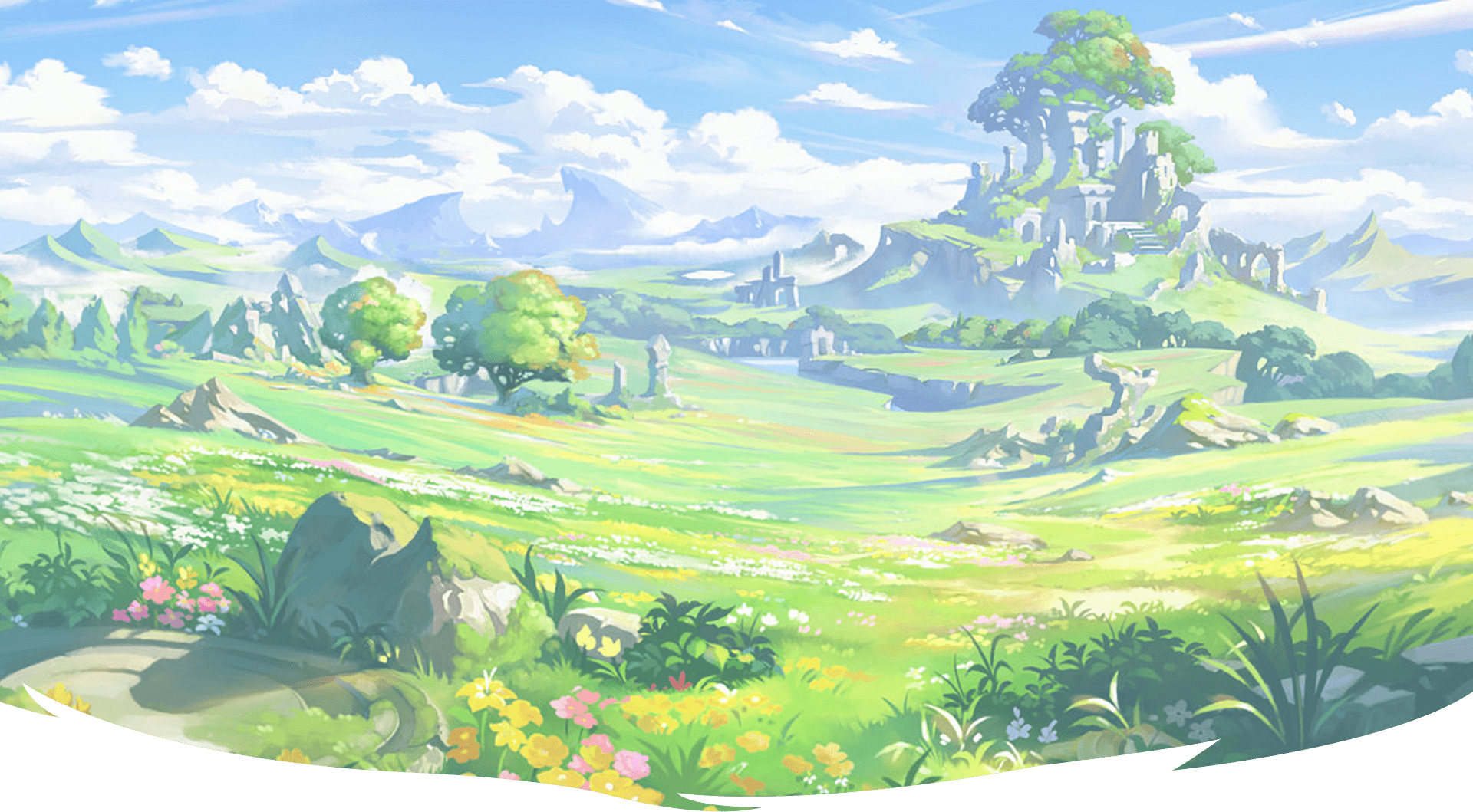- Home
- Shop
- Forest Series
- Grassland Series
- Desert Series
- Contact
- Home
- Shop
- Forest Series
- Grassland Series
- Desert Series
- Contact





Licensed Benz for Kids
Real-looking design and plastic wheels of the electric car will let your kid be in the highlight. Seats one rider, ages 3-6, with a maximum weight of 66 lb.
Easy to operate
The dashboard includes sorts of function buttons like soft start key, forward & backward button, which can work with pedal together when kids are driving themselves.
Safe Driving Experience
Goes forward and reverse at a maximum speed of 1.86-3.11 mph. The seat with a safety belt definitely comfortable and looking fancy. Double lockable doors, soft start, and power traction strip tires are involved.


CHARACTERISTICS
The Chipmunk is a member of the family Mammalia, Rodentia and Sciuridae. It is also known as the Striped Squirrel, the Timber Tiger and the Mini-bear. The body length among most Chipmunks ranges from 5.5 to 6.3 inches and the tail length is 5 Inches. Chipmunks typically weigh about 0.02 pounds and live about 5 to 10 years. They have small but prominent ears which face forwards, and small eyes on the sides of their heads. Most wild Chipmunks are lively.


Lorem ipsum dolor sit amet, consectetur adipiscing elit. Ut elit tellus, luctus nec ullamcorper mattis, pulvinar dapibus leo.


CHARACTERISTICS
The White Wagtail is a slender bird, 6.5 to 7.5 inches in length. East Asian subspecies are longer, measuring up to 8.3 inches, with the characteristic long, constantly wagging tail of its genus. Its average weight is 0.88 oz and the maximum lifespan in the wild is about 12 years.

RANGE AND HABITAT
White Wagtails breed throughout Eurasia, only being absent in the Arctic. They also breed in the mountains of Morocco and western Alaska. They inhabit grasslands, seashores, rocky shorelines, sand beaches, tidepools, rivers, lakeshores, farmland, gardens, and parks. They are also often found in towns and villages.

DIET
White Wagtails are carnivores (insectivores). Terrestrial and aquatic insects and other small invertebrates form a major part of their diet. These include beetles, dragonflies, small snails, spiders, worms, crustaceans, to maggots found in carcasses, and, most importantly, flies.

BEHAVIOR
White Wagtails are usually seen alone or in pairs, but during migration, they often gather in flocks at good feeding areas or roost at night. These birds feed by day on the ground or on the wing. They may also forage in shallow water catching prey in the mud or may hover over water. The most conspicuous habit of White Wagtails is a near-constant tail wagging, a trait that has given the birds their common name. The reasons for this behavior are poorly understood, but it has been suggested that wagtails may flush prey, or signal submissiveness to other wagtails. The call of these birds is a sharp ‘chisick’ and their song consists of twittering phrases; the males use a series of contact calls to attract the females.
White Wagtails are monogamous; they form pairs and defend their breeding territories. The breeding season for most is from April to August, with the season starting later further north. Both sexes build the nest; the male initiates the nest building and the female finishes the process. The nest is a rough cup assembled from twigs, grass, leaves, and other plant matter. It is lined with soft materials, including animal hair. The nest is set into a crevice or hole – traditionally in a bank next to a river or ditch – but White Wagtails have also adapted to nesting in walls, bridges, and buildings. The female lays 3 to 8 cream-colored eggs, often with a faint bluish-green or turquoise tint, and heavily spotted with reddish-brown. Both parents incubate the eggs, although the female generally does so for longer and incubates at night. The eggs begin to hatch after 12-16 days. Both parents feed the chicks until they fledge after between 12 and 15 days, and then continue to feed them for another week after fledging.

The Chipmunk is a member of the family Mammalia, Rodentia and Sciuridae. It is also known as the Striped Squirrel, the Timber Tiger and the Mini-bear. The body length among most Chipmunks ranges from 5.5 to 6.3 inches and the tail length is 5 inches. Chipmunks typically weigh about 0.02 pounds and live about 5 to 10 years. They have small but prominent ears which face forwards, small eyes on the sides of their heads. Most wild Chipmunks are lively.
The Red Squirrel, a member of the Sciuridae, is an arboreal, omnivorous rodent often referred to as a Forest Seeder and folklore as the Devil King Squirrel.
The Arizona Gray Squirrel, also known as the American Gray Squirrel, is a member of the family Rodentia and Sciuridae. It is small in size, with gray fur and a belly between white and cream. It has long ears, no tufts of fur and a fluffy tail edged in white. The body is about 16-20 inches long and weighs up to 1.4 pounds.
The Rock Squirrel, also known as Sao Maozi or Stone Mouse, belongs to the rodent and is a species in the family Sciuridae. The most common natural predators of the Rock Squirrel include bobcats, owls, eagles and snakes. Though the Rock Squirrel is cute, alert, and courageous, it is still considered a pest due to its habit of destroying crops.
The Abert’s Squirrel is a member of the genus Sciurus with a body length of 18-22.8 inches, a tail length of 7.5-9.8 inches and a weight of 2.2 pounds, and can live up to 10 years in the wild. Its most distinctive feature is tassels of fur about 0.8-1.2 inches long at the tip of its ears, which looks very interesting. In addition, it is alert and agile.

The Wagtails Necklace
The Wagtail is one of our prettiest and most delicate birds, which has lived alongside man for many generations. The gentle Bushmen loved this bird too.
The friendship began long ago when the Bushmen lived in the Cape in low caves with rocky walls and sandy floors. The steep, rocky sides of the Kloofs ( Narrow valleys) sheltered them from the biting winds of winter and the scorching heat of the summer sun. These kloofs also held water and, in this dry land, it was good to have a constant water supply flowing by your door.
So the Bushmen lived in the Cape mountains, hunting and gathering roots, fruit and berries, talking and dancing and singing and painting.
They were happy people and very content with their homes and surroundings.
Then one day the sand-flies came. Thousands of them. Tens of thousands. Millions breeding by the running water – burrowing into the sandy floors of the caves – biting men, women and children. The Bushmen could do nothing.
The sand-flies multiplied and multiplied until whole valleys were plagued by them. The Bushmen held a council meeting and decided to move. All the caves were emptied of their scanty belongings. weapons, tools and cooking utensils were packed, and everyone was ready to leave. They intended to march out along the valley of the Olifants River into the vast Karoo. Their leader was making a speech, explaining to all why they had to leave, trying to prepare them for the hardships that lay ahead. Then he stopped talking and looked up into the bright blue sky with amazment. A large, black cloud was speeding rapidly towards where they were standing. Everyone watched in wonder and felt afraid,t then, as the cloud began to echo with sound, they realised it was a flock of birds.
These birds were small and delicate, with long tails which jerked up and dwn as they walked. Their backs were grey-brown, and their chests and outer tail feathers were white. The whole tribe watched in amazement as the birds settled by the running water and took over the kloof. They had made a long journey and they were very, very hungry. The sand-flies were just what they wanted! In their hundreds, they scoured the stream and the caves and the ground around the caves.
For three days they gobbled and pecked as the Bushmen looked on in amazement. By the end of that time, there was not a single sand-fly to be seen. Then the flock flew away as quickly as it had arrived, leaving behind them just one pair of birds. The cloud of tail-wagging birds continued on its journey and everywhere it settled – in every kloof, by every pond, by every stream – one pair stayed behind. So that is how the Wagtails, as we call them now, came to live all over our land.
It was a miracle, and the Bushmen were overjoyed at being able to remain in their homes. To show their gratitude, they decided to honour the Wagtails. But how does one honour a bird?
The Bushmen had no medals of honour and very little jewellery. The women and children wore necklaces made of small pieces of ostrich egg-shell. So it was decided that the women would make a similar necklace for the Wagtail and his wife. This was soon done and everyone was delighted. But, of course, it did not work. The necklace was to heavy for the birds. It caught in the bushes and once even broke in flight and was lost. The Wagtails were upset and the Bushmen were upset. They wanted to show their gratitude to these birds – but how? For long nights they sat in their caves and talked of nothing else. what could they do?
There was one Bushman who lived in a high cave overlooking the kloof, and he was a great artist. He painted in brown, orange and black – paintings of men, lion springbok, birds, insects and plants. His work was as beautiful in its delicacy and charm as any painting you have seen.
Why not,’ said one of the eldest Bushmen, ‘ask one of the artists to paint a necklace onto the Wagtail and his wife?’ Everyone agreed with enthusiasm.
The artist was approached and the problem explained. Gladly, he mixed a rich grey-black and painted a dark choker-necklace on the white chests of the birds. It looked beautiful. The Bushmen loved it and the Wagtails loved it. Mother nature looked down from her seat above the Great Karoo and she loved it too. She decided, there and then, that the collar would forever be the sign of man’s gratitude to the Wagtail. A symbol for all the help the Wagtail gives in controlling insect pests. And from that day to this, Wagtails have always worn a dark-grey choker-necklace. Next time that you see a Cape Wagtail, have a careful look at him. He never goes anywhere without his necklace.




Follow Us: